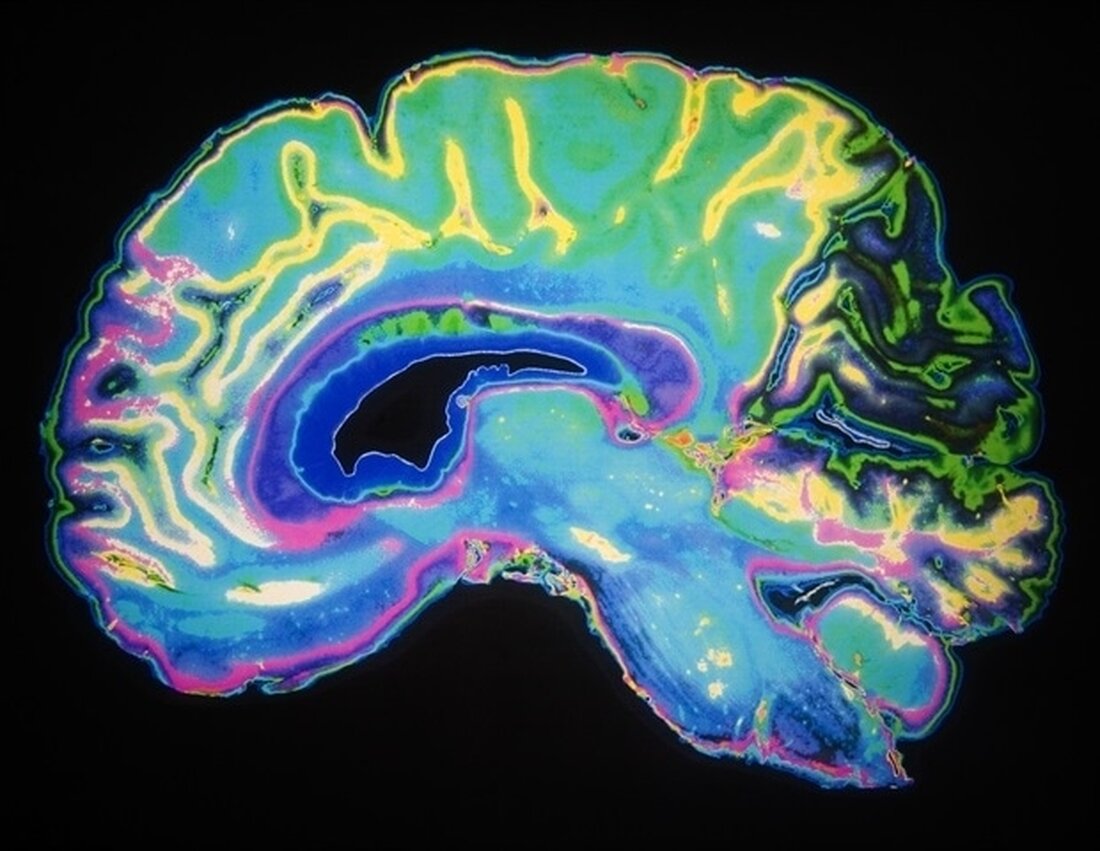New evidence for a critical period of neuroplasticity in the frontal lobe during adolescence
In a paper published in Progress in Neurobiology, neuroscientists at the University of Pittsburgh School of Medicine described compelling new evidence for a critical period of neuroplasticity in the frontal brain region during adolescence, a time when serious mental illnesses such as depression and schizophrenia occur, and risk-taking behavior peaks. Using more than twice the resolution of a typical magnetic resonance imaging scan, researchers found age-related changes in the relative balance of inhibitory and excitatory neurotransmitters in the prefrontal cortex – an area of the brain responsible for cognition, decision-making, short-term memory and moderating social behavior. The study expands scientists' understanding of the critical...

New evidence for a critical period of neuroplasticity in the frontal lobe during adolescence
In a paper published in Progress in Neurobiology, neuroscientists at the University of Pittsburgh School of Medicine described compelling new evidence for a critical period of neuroplasticity in the frontal brain region during adolescence, a time when serious mental illnesses such as depression and schizophrenia occur, and risk-taking behavior peaks.
Using more than twice the resolution of a typical magnetic resonance imaging scan, researchers found age-related changes in the relative balance of inhibitory and excitatory neurotransmitters in the prefrontal cortex – an area of the brain responsible for cognition, decision-making, short-term memory and moderating social behavior. The study expands scientists' understanding of critical neuroplasticity in infancy by providing the first evidence of plasticity in the frontal cortex in adolescence.
The prefrontal cortex is typically described as the “leader of the brain.” Instead of playing a specific instrument, it coordinates multiple instruments and regions of the brain to determine complex functions such as perception or control of emotions.”
Beatriz Luna, Ph.D., senior author, professor of psychiatry at Pitt
“This paper provides biological evidence for what we have all suspected about adolescent behavior,” Luna added. “Adolescence is the time when cognition specializes in supporting the transition to adulthood and determining lifelong brain developmental trajectories that can be derailed, for example, in mental illness.”
Adolescence is a unique part of development that has baffled researchers and parents alike for generations. This period of growth and development, characterized by increased sensation seeking, adaptive to gain new experiences necessary for brain specialization in adulthood, begins with the onset of puberty and generally levels off when the person reaches 18 years of age or slightly older.
Brain plasticity in the critical period is triggered by greater excitatory function relative to inhibitory function, signaling that neuronal systems must reorganize to regain balance.
As part of the study, scientists examined the levels of two brain chemicals - glutamate and gamma-aminobutyric acid, or GABA - in the frontal cortex. Glutamate and GABA are both abundant in the brain. Neurons use glutamate to send activation or excitation signals across their sprouts, while GABA is used to dampen them and inhibit brain activation. This balance between excitation and inhibition is crucial to the brain and what brain development aims to achieve.
Unlike previous studies that used less sensitive brain imaging techniques and only examined levels of either glutamate or GABA, Luna and her group's study examines the balance between these two neurotransmitters by measuring their levels with a higher degree of precision.
Using live, high-resolution brain imaging in 144 adolescent and adult participants, researchers found that the balance between excitatory glutamate and inhibitory GABA increased into adulthood. This increase was mainly due to a significant decrease in glutamate levels, which approached GABA levels with increasing age.
Together, the results illuminate critical period plasticity in the brain's frontal cortex and underscore that during adolescence, the dynamic shaping of the brain region that supports cognition and cognitive control has important implications for how we understand the biological mechanisms of increased sensation seeking and other adaptive behaviors that shape the brain pathways of support adults. Expanding the understanding of chemical changes in the brain and defining normative biological mechanisms of brain plasticity is key to developing therapies targeting mental disorders.
“It is important to examine the fundamental changes in the brain that drive the transition from adolescence to adulthood,” said lead author Maria Perica, a research intern in clinical psychology at Pitt. “Incomplete knowledge of normative brain development limits our understanding of what drives some of the changes we see clinically.”
Additional authors of this study include Finnegan Calabro, Ph.D., Bart Larsen, Ph.D., Will Foran, Ph.D., Victor Yushmanov, Ph.D., and Chan-Hong Moon, Ph.D., all of Pitt; Hoby Hetherington, Ph.D., of the University of Missouri; and Brenden Tervo-Clemmens, Ph.D., from Massachusetts General Hospital and Harvard Medical School.
This research was supported by the National Institutes of Health (Grant MH067924) and the Staunton Farm Foundation.
Source:
Reference:
Perica, MI, et al. (2022) Development of frontal GABA and glutamate supports excitation/inhibition balance from adolescence into adulthood. Advances in neurobiology. doi.org/10.1016/j.pneurobio.2022.102370.
.

 Suche
Suche
 Mein Konto
Mein Konto
